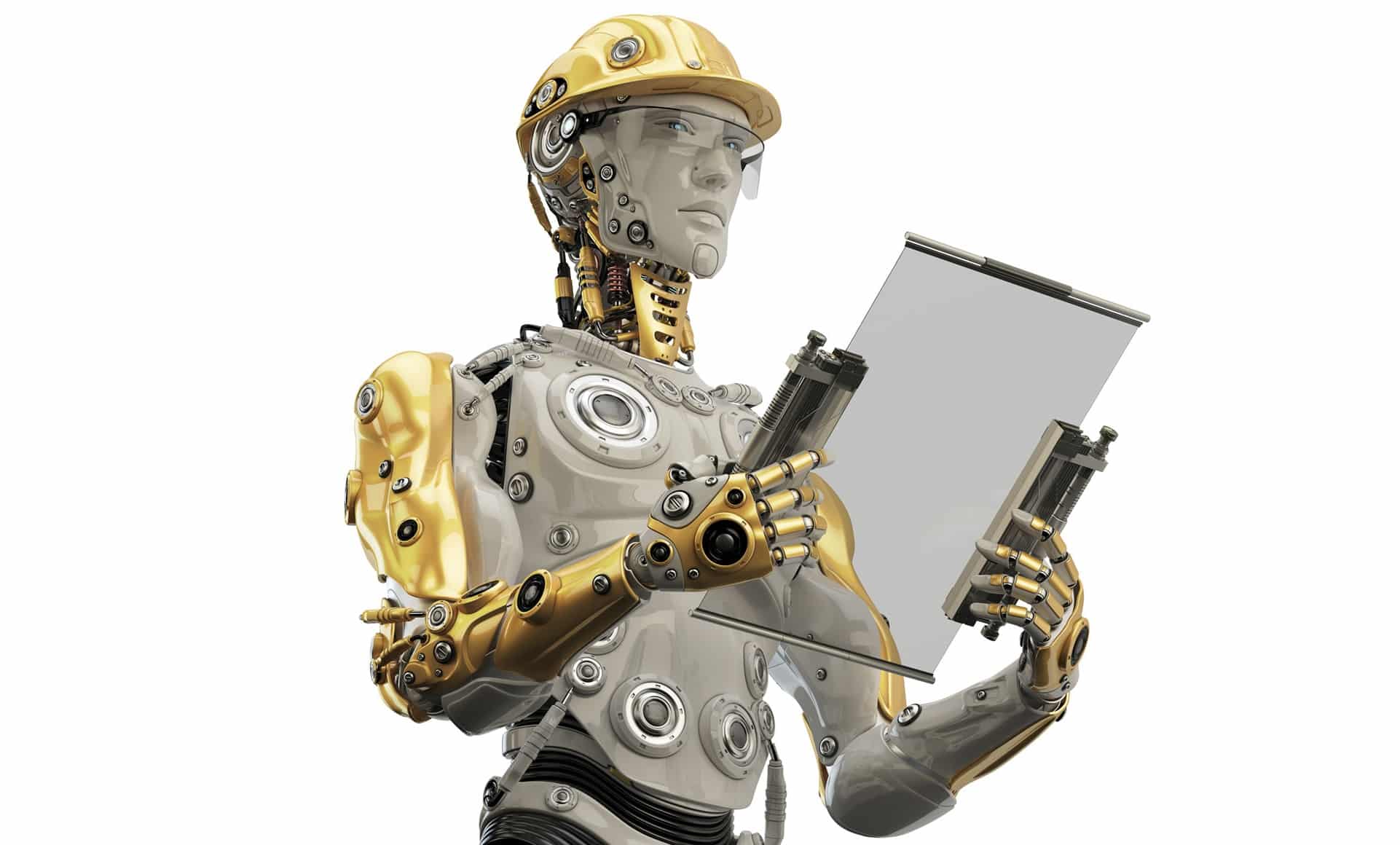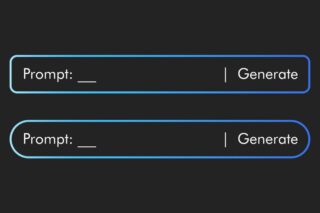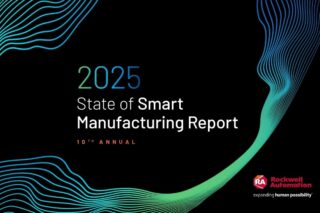Internet and mobile technologies generate huge amounts of digital data. Artificial intelligence (AI), with the power to process such data in heretofore unseen ways, is now transforming industry and the way we work on an exponential scale. The question is, should we fear it?
Driving everything from new methods of human-computer interaction to more efficient business processes, the pace of AI development is stunning. Research firm Gartner predicts AI bots will power 85% of all customer service interactions by 2020, while Ray Kurzweil, Google director of engineering, estimates robots will possess human intelligence by 2029.
Gartner also estimates that by 2025, one-third of all jobs will be performed by robots and smart machines. How accurate this prediction is remains to be seen, but the development of AI is understandably generating fears that human workers may one day become obsolete.
Discarding Workers or Improving Them?
Amir Banifatemi, an AI specialist with California-based non-profit organization XPRIZE, believes such concerns are unfounded.
AI can give workers wider and more efficient access to tools and data. This not only means they can solve harder problems, it also means they will have to learn new skills. Every business should prepare its workforce to take advantage of the new capabilities, improved productivity and the greater innovative potential that AI will increasingly offer.
In bioscience, AI is already enabling drug discovery on an unprecedented scale. James Chandler, vice president of London-based artificial intelligence company BenevolentAI, explains:
AI has the unique ability to extract knowledge from vast scientific data sets. It can find the cause of disease and suggest potential cures very quickly. Examples such as this demonstrate that AI will augment human intelligence, not supplant it.
Last year, the UK-based Sheffield Institute for Translational Neuroscience announced that research into a drug candidate discovered by BenevolentAI’s technology had delivered positive results in the treatment of motor neurone disease.
The relentless development of AI also will transform the way co-workers interact. Cisco’s voice-powered virtual assistant, Spark, employs machine learning technology from conversational AI company MindMeld. It allows users to join and end meetings and start and stop recordings with voice-activated commands.
Spark will be rolled out in trials this year, using feedback to make itself smarter. Eventually, it will be able to assign action items and create meeting summaries automatically.
For Chintan Patel, CTO for Cisco in the UK and Ireland,
Understanding humans in their native environment, including the workplace, is one of the most challenging problems that AI researchers and engineers have to solve. Yet the growth of machine intelligence will eventually lead to the development of smart AI team members who can proactively offer advice on how to get work done and be more productive.
AI is Already Here
It may sound like something out of a Will Smith movie, but the world is already full of AI. Any industry that needs to ingest and interpret huge volumes of data can benefit from it right now.
In healthcare, Watson for Oncology is a cognitive technology that suggests treatment options to doctors based on the analysis of medical data. In customer service, AI-empowered solutions Nanorep and WorkFusion chatbots are becoming increasingly common.

Cisco’s Patel says:
The ongoing challenge and opportunity for every industry is to look at how AI can revolutionize business models, working patterns and processes to help employees move to higher order tasks while routine and repetitive tasks are automated.
AI does not stand alone. It must be developed, deployed and utilized in the context of other disruptive technologies, especially the Internet of Things (IoT) and cybersecurity. Autonomous vehicles are good examples of this co-dependence. Software code, self-learning capabilities, smart grid utilization and links to public wireless networks must work together with AI to safely deliver people and goods to the right place at the right time.
Going forward, one of the most pressing issues will be to identify areas where a business feels advanced technologies such as deep learning can improve profitability, and then ensuring they have the training data in place to fully leverage the benefits.
For BenevolentAI’s Chandler:
Teaching computers to learn from industry data will require innovative, semi-supervised learning techniques which need to be far more economical and practical than today’s wholly supervised techniques.












